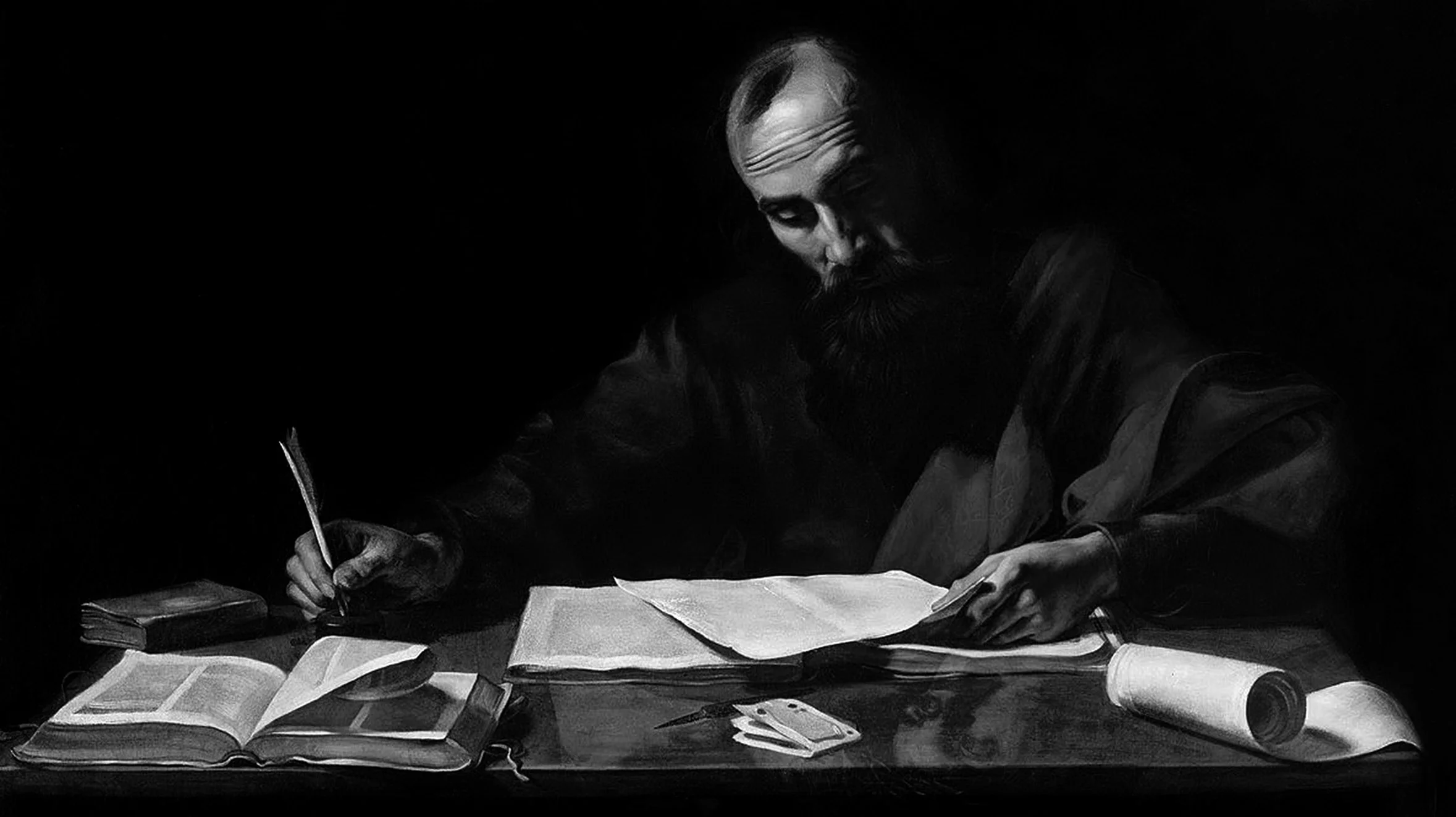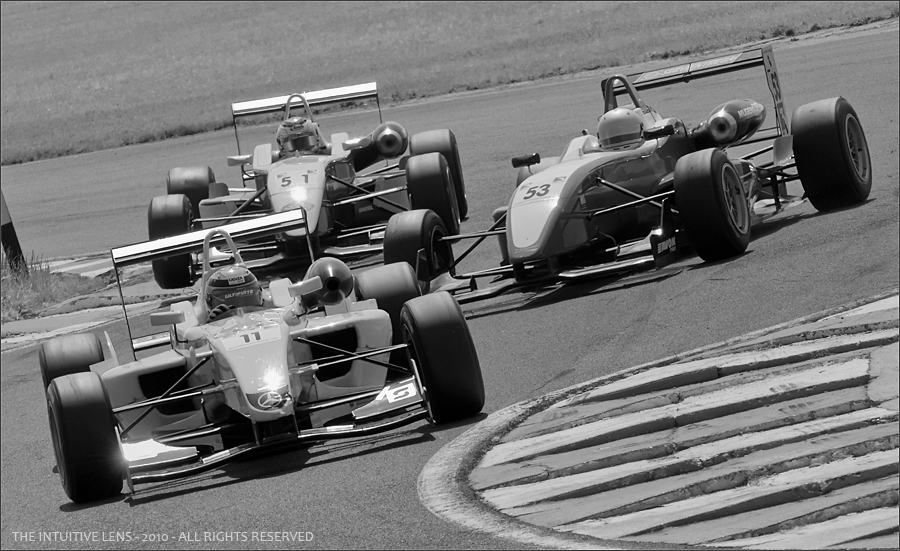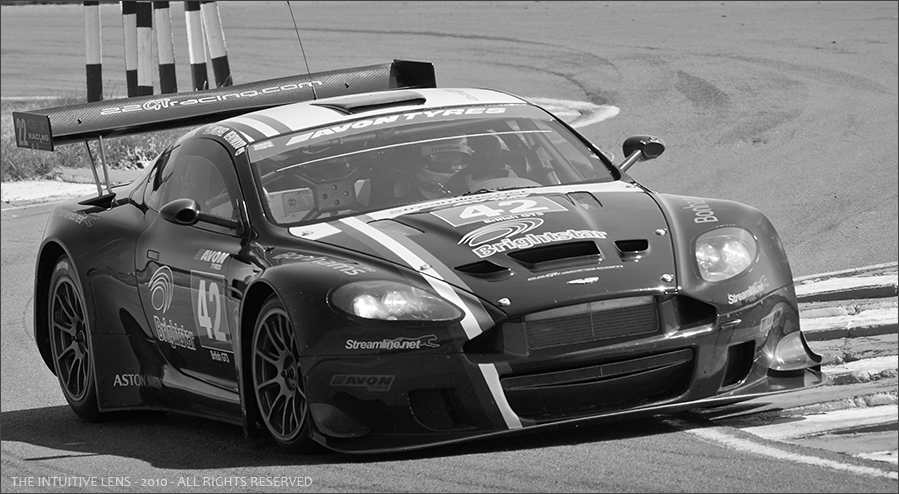This is an update on a article I originally published in 2010 on the original The Intuitive Lens blog.
Having just invested in the Nikon D500 (2016), I can tell you it's been a very, very long wait for the replacement of themuch earlier and very successful Nikon D300. I've yet to take the D500 out on its first motor-sport shoot, but I know what the benchmark will be against which I will be assessing its image quality and usability. The D300 and its update the D300s is well loved, and for good reason. Here are some images from a shoot at the Snetterton track to set the pace.
This shot is part of a set of images taken at a Formula 3 Single Seat Racing and British GT Car Championship meeting which took place at Snetterton in Norfolk a while back. All of these images were shot on a Nikon D300 DSLR (with the DX sensor), fitted with a Nikon 70-200mm f2.8 VR telephoto zoom lens.
It's just over three years since Nikon announced, in 2007, what was then a major step forward in their DSLR offerings - the Nikon D300. 12.3 MP DX format CMOS sensor, ISO 200 to 3200, fast and accurate 51 point Auto Focus sensor, 3.0" 922,000 pixel LCD monitor with Live View, 6 to 8 frames per second continuous shooting and super fast power up to ready status. At the time, a huge step forward.
Here is what dpreview said about it:-
“My biggest problem writing this conclusion has been picking out the D300’s weak points. The usefulness of Live View would certainly be improved with an articulating LCD monitor (although I’m sure Nikon would argue that this could compromise the integrity of the body), auto white-balance is poor in artificial light (although this isn’t anything unique to the D300) and there’s still no true mirror lock-up feature. But really, these few niggles are really the only things we could pick out as criticism..............
............... There is price, but sometimes the best products demand a premium and the D300 is no exception. Nikon’s biggest problem now will be bettering the D300; it raises the bar to a new high, and represents the state of the art despite strong competition from the likes of Canon, Sony and Olympus. There’s simply no better semi-professional digital SLR on the market.”
Praise indeed; and, as I was to find out in practical application, very well deserved. The full dpreview article is still well worth a read, if only to contrast the capabilities of the D300 against it replacement. It has a lot to live up to.
At the time, I took the dpreview advice, including taking into account the hot debates on the dpreview forums, which were not entirely positive, and purchased the D300 from the very knowledgeable and experienced Stuart Culley at Robert White, my long time supplier of all the Nikon, Leica, Zeiss ad Voigtlander kit.
The D300's first assignment was a Formula 3 and GT race day at Snetterton in Norfolk. The light that day was very, very strong, contrasty and, to make it more difficult, the vantage point I chose was the famous Russel complex, which meant shooting straight into the light for most of the session. The compensation though was some great action shots, and a very red face from excessive sunburn - I forgot to take a hat!
One of the advantages (I would say) of the DX format is its 'problematic' 1.5x crop factor, which, of course, results in an increase in the effective focal length of all your lenses. For wide angle, close in work that's maybe a problem, but for photographing racing cars it's a big win. So, on the day, I coupled the D300 with the longest lens I had available which was the Nikon 70-200mm f2.8 VR Telephoto Zoom lens. The combination gave me an effective focal length of 140mm to 300mm to work with and, shooting from the Russel complex, that gives you quite an opportunity to get in close to the action.
This image was taken at f/11.0, 1/1250th sec, ISO 800 with the lens set at 175mm and is cropped from about thirty percent of the DX frame. What typically happens on this corner is that competitors come in too hot to the first right hander, sometimes in a last minute overtaking maneuver, clip the kerb, which almost always lifts their car into the air, then they try to make the immediate hard left over the vicious, serrated kerb on the other side. Ouch.
The Aston Martin DBR9 image was shot at f/8.0, 1/1250th sec, ISO 400 with the lens at its maximum focal length of 200mm and is also a thirty percent crop. All this rapid change of direction and shifting G-forces throw some cars into great poses - perfect for the camera! Talking of 'perfect for the camera' - how about this treat for sore eyes? It was sitting in the private car park all on its own - aaah.
I think this is a Jaguar XK140. The front grill, amber indicator lights and the bigger front and rear bumpers with larger overriders seems to confirm it's a 140; unless I've got that wrong? Sold in the UK from 1955 to 1957 with a 3.5 litre XK engine, the 140 could pull in the region of 120-125 mph; and it could drive round corners like it was stuck to the road! What a superb example of Jaguar's finest.
This image is an almost 'straight from the D300' shot; just minimal processing in Camera Raw and simple Neutral conversion to monochrome in Silver Efex Pro and no further editing except a resize. Below is an unsharpened, 100 percent crop from the centre of the image, roughly where I think I focused the lens.
You can see the sensor noise on the front wing just where it curves down to the wheel arch. Not unpleasant, quite film-like, but noticeable and, in any case, easily removed with Noiseware Professional or similar. The image was shot on the D300 fitted with the Nikon 70-200mm zoom lens, set at 70mm, taken handheld at f/8.0, 1/1250th sec, ISO 400. A beautiful composition of sensuous curves, don't you think?
Finally, if you want to put an image like this more into context with its time, a little post processing in Camera Raw, Noiseware Professional, Silver Efex Pro and Photoshop CS5, with the slightest hint of Sepia thrown into the mix, you could create a rather more sumptuous, timeless image more suited to the subject. It reminds me of the sort of photos I used to drool over in my Dad's old Autocar magazines that I discovered in the loft as a child but which are now, sadly, long gone. Mmmmm.
If you're already using a Nikon D300 then you already know it's a winner. I see absolutely no reason to ditch mine. In the right circumstances, it's the best body for the job! But, now, there is finally a much lauded replacement, the D500. It will be very interesting to see how they compare under working conditions - never mind the specs!







